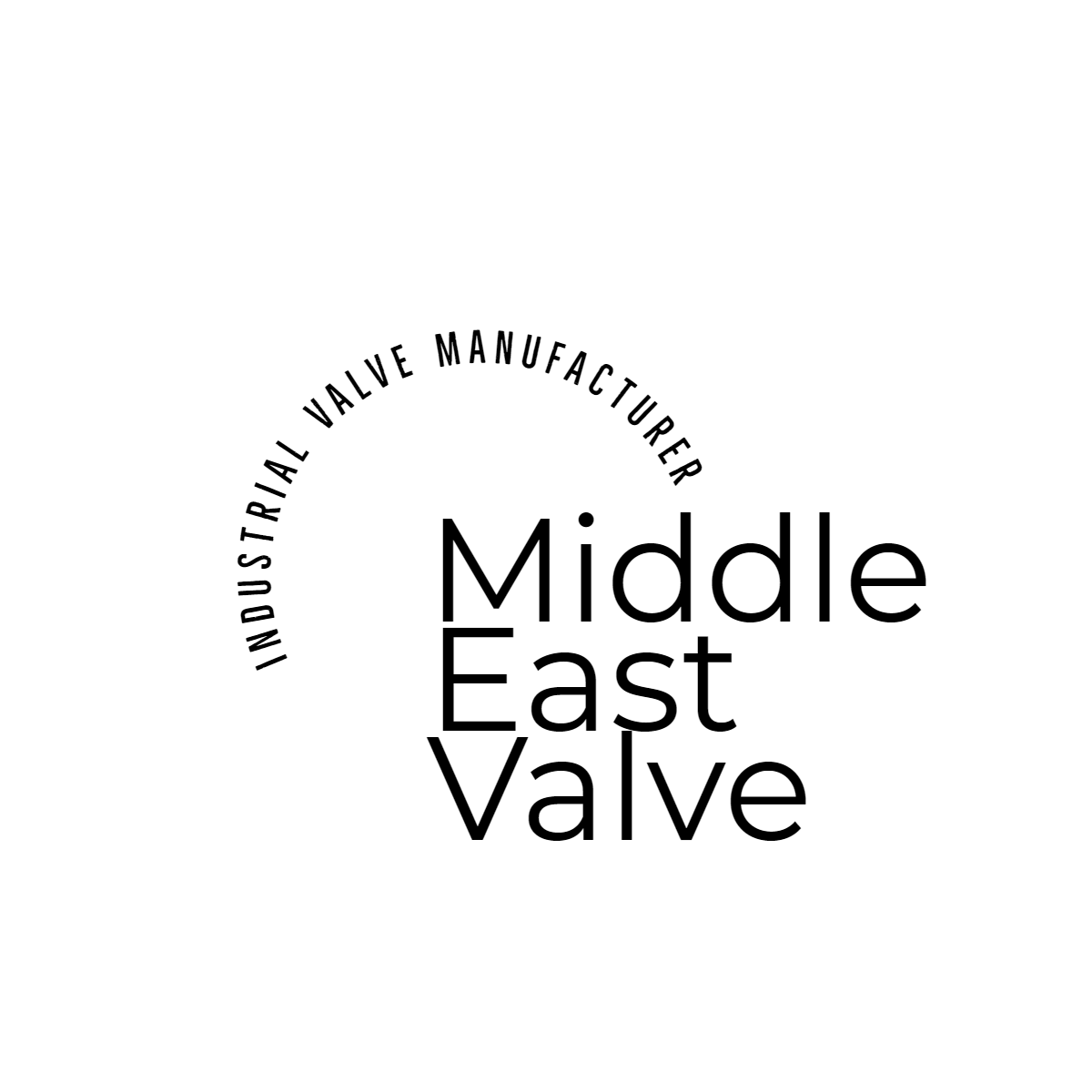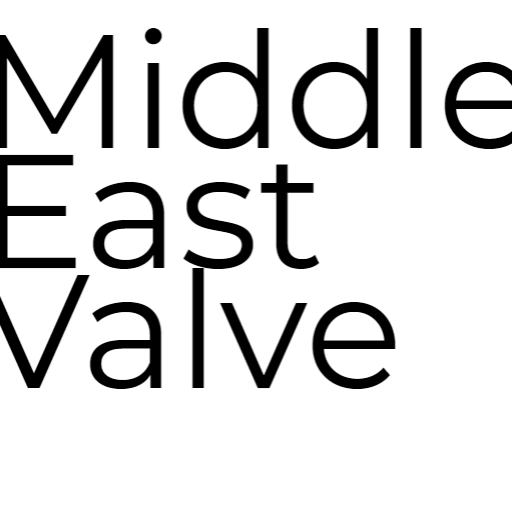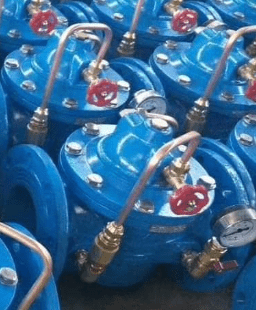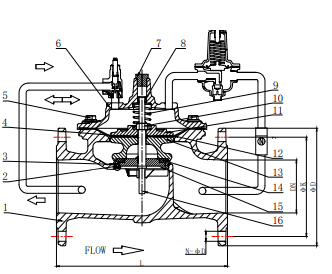- Control Valve
- Pneumatic Control Valve
- Pneumatic Angle Control Valve
- 3 Way pneumatic Diaphragm Control Valve
- 3 Way Converging and Diverging Control Valve
- Fluorine Lined Single Seat Control Valve
- Pneumatic Cage Control Valve
- Pneumatic Double Seat Control Valve
- Pneumatic Single Seat Globe Control Valve
- Pneumatic Flow Control Valve
- Pneumatic Sleeve Type Control Valve
- Pneumatic Actuated Globe Type Control Valve
- Electric Actuated Control Valve
- Pneumatic Control Valve
- Cryogenic Valve
- Pressure Reducing Valve
- Safety Valve
- Check Valve
- Gate Valve
- Butterfly Valve
- Globe Valve
- Ball Valve
- Electric Actuated Valve
- Electric Actuated Ball Valve
- Electric Actuated Butterfly Valve
- Electric Actuated Gate Valve
- Electric Actuated Globe Valve
- Pneumatic Actuated Valve
- Plunger Valve
- Strainers
- Steam Trap
- Knife Gate Valve
- Speciality Valve
- Alloy 20 Valve
- Duplex Valve
- Super Duplex Valve
- Hastelloy C276/B3 Valve
- Aluminium Bronze Valve
- Titanium Valve
- Bronze Valve
- Monel Valve
- Triple Duty Valve
- Suction Diffuser
- Diaphragm Valve
- Plug Valve
- Foot Valve
- Air Release Valve
- Surge Anticipator Valve
- Needle Valve
- Balancing Valve
Pilot Operated Pressure Reducing Valve
Middleeast is the largest and most known pilot-operated pressure reducing valve supplier in Iraq. We also supply to South Africa, Kenya, Egypt and Morocco. A pilot operated pressure reducing valve is a type of pressure regulating valve that uses a smaller, auxiliary valve (the “pilot valve”) to control the flow of fluid through the main valve. The pilot valve is typically controlled by a pressure sensing element, such as a diaphragm or piston, which responds to changes in the inlet pressure. When the inlet pressure increases, the pilot valve restricts the flow of fluid to the main valve, which in turn reduces the outlet pressure. This type of valve is commonly used in industrial and commercial systems to maintain a constant outlet pressure, regardless of fluctuations in the inlet pressure.
Middleeast is a well-known and famous pilot-operated pressure-reducing valve supplier in Iraq. While manufacturing, we keep in mind the industrial standards and maintain the quality standards of the valves.
Parts
- Inlet and outlet ports
- Main valve
- Pilot valve
- Pressure sensing element
- Actuator
- Adjustment knob or screw
- Relief valve
- Position indicator
- Drain plug
Advantages
- Because the pilot valve is controlled by a pressure sensing element, the outlet pressure can be maintained with a high degree of accuracy.
- The pilot valve is able to respond quickly to changes in the inlet pressure, which helps to maintain a stable outlet pressure.
- Hysteresis is the difference between the set pressure and the actual pressure at which the valve opens or closes. Pilot operated valves have low hysteresis, which means that the valve opens and closes at the desired set pressure.
- Pilot operated valves have a wide rangeability, which means that they can handle a large range of flow rates.
- These valves are generally quieter than other types of valves because they use a small amount of fluid to control the main valve.
- They are designed to be durable and reliable, and they require minimal maintenance.
- Because the main valve is larger than the pilot valve, pilot-operated valves can handle higher flow rates than other types of valves.
- Because the pressure is regulated at the inlet, the system requires less energy to operate and less pressure is lost.
Industries
- Power Generation Plants
- Oil and Gas Industry
- Water and Wastewater Plants
- Pharmaceuticals and Biotechnology Industry
- Food and Beverage Industry
- Chemical and Petrochemical Industry
- Automotive Industry
Applications
- In power plants, steam is generated at high pressure and then used to drive turbines. Pilot operated pressure reducing valves are used to regulate the pressure of the steam before it enters the turbine, ensuring that the turbine is operating at the correct pressure and preventing damage.
- Pilot operated pressure reducing valves are used to regulate the pressure of natural gas as it flows through pipelines, ensuring that the gas reaches the end user at the correct pressure.
- In water supply systems, pilot operated pressure reducing valves are used to regulate the pressure of the water as it flows through pipelines and into homes and buildings.
- In many industrial processes, pilot operated pressure reducing valves are used to control the pressure of fluids and gases as they flow through the process, ensuring that the correct pressure is maintained at all times.
- They are used to control the pressure of fluids in automotive systems such as brake systems and power steering systems.
Description
- Available materials: Ductile Iron, WCB, WCC, WC6, LCB, LCC, SS304, SS316, Cast iron
- Size: 1/2″ to 24″
- Nominal Pressure: PN10 to PN100
- Class: 150 to 600
- Ends: Threaded, Buttweld, Socket weld, Flanged
- Operation- pilot operated



